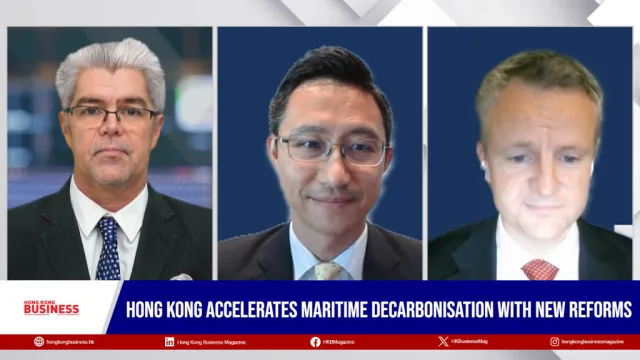Life Sciences industry offers investors high risks, rewards
The life sciences capital scene is struggling with few revenue sources.
The life sciences capital scene presents a web of regulatory, intellectual property (IP), and national security challenges that Asian investors must navigate carefully, making it crucial for companies to understand its impact on business operations.
Lesli Ligorner, Partner at Morgan Lewis in Tokyo and China, said that one significant challenge is the geopolitical tension affecting Chinese investment in the US biotech industry.
Transactions that could impact the US supply chain or involve critical technology are subject to increased scrutiny by the Committee on Foreign Investment in the United States (CFIUS). This heightened scrutiny necessitates strategic planning by Asian investors to ensure compliance while still achieving strategic goals.
“Asian investors are striving to comprehend the policy changes and enforcement trends, and formulating investment strategies to ensure compliance with the applicable laws and regulations or finding solutions to achieve their strategic goals,” Bill Huang, Managing Associate based in Beijing said.
To mitigate risks associated with regulatory scrutiny, some Asian investors have adapted their strategies, opting for structures such as licensing or collaboration agreements without direct equity investment. These approaches allow for participation in the life sciences sector while managing CFIUS-related risks more effectively.
According to Ligorner, companies are taking comprehensive measures to protect their IP, including conducting thorough due diligence, securing robust representations and warranties, and implementing agreements with employees and business partners that cover confidentiality and non-competition.
“And as many transactions are of a cross border nature, companies often also need to strategize on IP protection globally, so that they are able to obtain effective protection of their IP and multiple jurisdictions,” Ligorner said.
Huang added that the challenges extend to conducting clinical research and transferring research outcomes outside Asia. Negotiating licence agreements becomes a critical task, necessitating a balance of risks and benefits and a deep understanding of industry benchmarks.
The regulatory landscape is not only complex within Asia but also involves navigating the regulatory frameworks of the EU and the US, making it crucial to address risks in different jurisdictions comprehensively.
Furthermore, Ligorner emphasised the regulatory frameworks companies must navigate, including product approvals, clinical trials, data privacy laws, export and trade provisions, national security, anti-corruption, and more.
These regulations vary significantly across jurisdictions, making compliance a daunting task for companies operating internationally. Specific challenges, such as cross-border data transfer restrictions under Chinese law, require careful planning to avoid delays in project timelines.
Amid these challenges, angel investors and venture capitalists in the life sciences industry are adapting to new realities and emerging trends. The application of artificial intelligence (AI) and big data analytics to compliance, coupled with a commitment to ESG (environment, social, and governance) principles, are reshaping the investment landscape. Investors must also navigate a heightened emphasis on national security when assessing new investment opportunities.



















 Advertise
Advertise






Commentary
Strategic location tips for playgroups and education centres